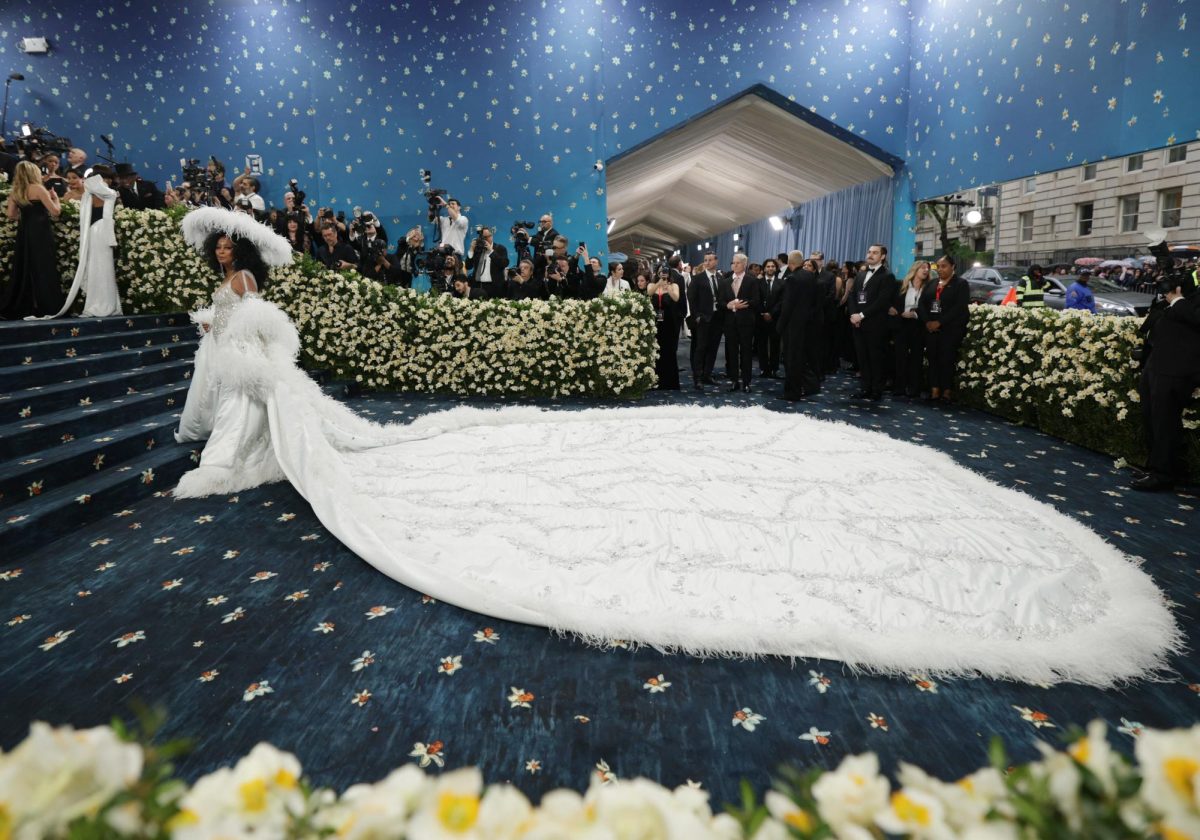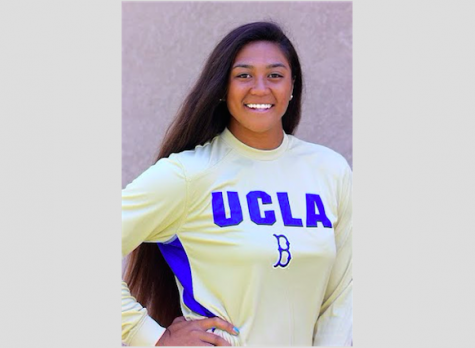Revised SAT makes grand debut
March 9, 2016
The College Board has made significant changes to the SAT, one of two popular tests used to prove students’ knowledge to prospective colleges. Students who took the SAT in March 2016 were pioneers of the new exam. Many of the changes made include adjustments to the sections, scoring and subjects.
Sections changes:
The previous SAT included three parts: math, critical reading and writing skills. From now on, the SAT will only include two sections: math and “evidence-based” reading and writing. Evidence-based reading and writing combine both reading and writing into one coherent section.
The math section on the old SAT covered arithmetic, algebra 1, geometry, and algebra 2. In the new SAT, the math section will include several different types of math. For example, trigonometry, “extended-thinking” grid-in questions, and questions regarding theories behind mathematical principles.
Also, the use of calculators in the new SAT will only be permitted in the lengthier of the two math sections. In the previous test, calculators were allowed for the duration of the whole math subject.
Reading and writing in the new version will differ from the previous version of the SAT as well. Some changes are within the passages, such as a complex structure, vocabulary and passage-based grammar, including punctuation.
The new essay portion of the test will be completely different. Instead of responding to a particular prompt, a student will read a 600-700 word passage and then analyze how the author built their argument. This part of the SAT was altered to test the student on their knowledge of rhetorical techniques, which authors use to write persuasively.
Despite the change in the essay prompt, it will still be optional. However, most colleges prefer and request that a students take the writing portion. If the test-taker opts to write the essay, he or she will be given 50 minutes to get the job done.
The new essay asks students to form a rhetorical analysis, which is a writing skill that only AP Language and Composition students currently study at Cathedral Catholic High School. Due to the change in format, AP Language and Composition students have a clear advantage over those in English 3 or English 3H, who are not familiar with this format.
Scoring, answers and format:
The composite score for the previous test ranged from 600-2400 while the new test’s scoring range is 400-1600. Last year, SAT composite scores were made up of three section scores: math, critical reading and writing, and each section accounted for up to 800 points.
The new SAT only includes two section scores: math and evidence-based reading and writing, and the scoring scale for each do not deviate from the previous 800 point maximum.
Answers choices range from four to five per question. This change improves the chances of the student choosing a correct answer to certain questions. Additionally, the one-fourth of a point penalty for an incorrect answer has been removed.
The only change in the format of the SAT is that there is now a computer-based option.
Overall time, and time per section:
The length of the test used to be three hours and 45 minutes. The time granted on the new SAT depends on the student. If the student plans to take the essay portion, the test time is three hours and 50 hours. Without writing the essay, the test is three hours.
According to princetonreview.com, while the approximate time spent per question is the about the same, individual sections of the test will require a speedier pace. These sections include reading, writing and language, math, and the essay.
The old SAT allotted time for each section, as does the new test.
The new SAT includes 65 minutes with 52 questions for reading, 35 minutes with 44 questions for writing and language, 80 minutes with 58 questions for math, and 50 minutes for the optional essay.
Who Will Take the New SAT?
Though the new version of the SAT came out in March 2016, the class of 2016 cannot take it. If a student is a senior, their only option at this point is the ACT. The class of 2017 and those younger will take the new SAT, and the changes are being well-received.
“I think I’m going to take the new SAT, I’ve been studying with my tutor every week to prepare, and I feel ready,” Olivia LaQua ’17 said.






















































